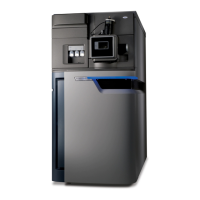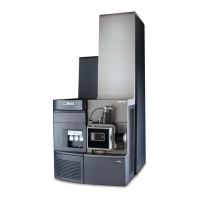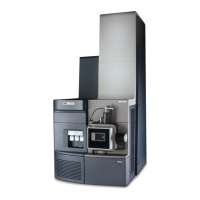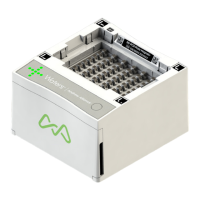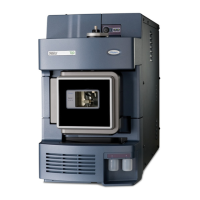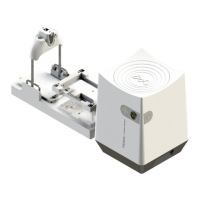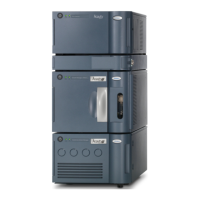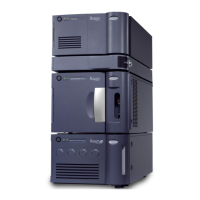Why is there no Beam or Emitter current (in FI source) in my Waters GCT Premier?
- JJuan ParkerSep 12, 2025
If there is no Beam or Emitter current (in FI source) in your Waters Laboratory Equipment, determine whether the position of the emitter is correct by adjusting the knob on the emitter probe. Ensure the extraction voltage read-back is present and the leakage current is less than 10 mA. Visually inspect the emitter wire to ensure that the emitter is not damaged. Check the emitter current readbacks match the set values. Replace the emitter if required or check continually with a multimeter.

